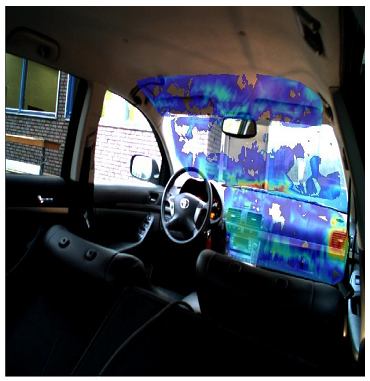
Vibroacustics
Over the last decade, customer demands regarding acoustic performance, along with the tightening of the  legal regulations on noise emission levels and human exposure to noise, have made the acoustic behaviour into an important criterion in many design problems. In the automotive industry, for instance, the passenger’s acoustic comfort has become an important commercial asset.
legal regulations on noise emission levels and human exposure to noise, have made the acoustic behaviour into an important criterion in many design problems. In the automotive industry, for instance, the passenger’s acoustic comfort has become an important commercial asset.
Vehicle sound and vibration quality is a very broad subject. It is well known that some NVH elements affect comfort, such as gear whine, boom, tire and wind noise. Others like engine noise in acceleration and ride and handling have a more direct impact on overall appeal.
In Istituto Motori the research in this field is continuously in progress in order to realize numerical simulations and experimental validation in the acoustic and vibration laboratory.
More precisely, research activities are carried out on the engine test bench , on its subsystems (intake filter box and exhaust muffler), and inside a vehicle, as well.
In the following the main covered topics are listed:
Numerical simulations:
- FEM simulation on engine, vehicle and its subsystems (modal analysis, frequency response, etc.)
- BEM analysis
- Multibody simulation
- Aero-acoustic analysis (gasdynamic noise and flow noise)
- Signal Processing (ARMA technique, Wavelet) utilizing vibrational or in-cylinder data (in-cylinder pressure reconstruction, fault detection and knock detection)
Experimental analysis:
- Modal analysis (Hammer Test and Laser Vibrometer Scanner)
- Acoustic analysis (microphones, sound intensity probe and Pressure-Velocity sound probe)
- Transmission Loss and absorption coefficient measurements (Impedance Tube and Intensity measurement)